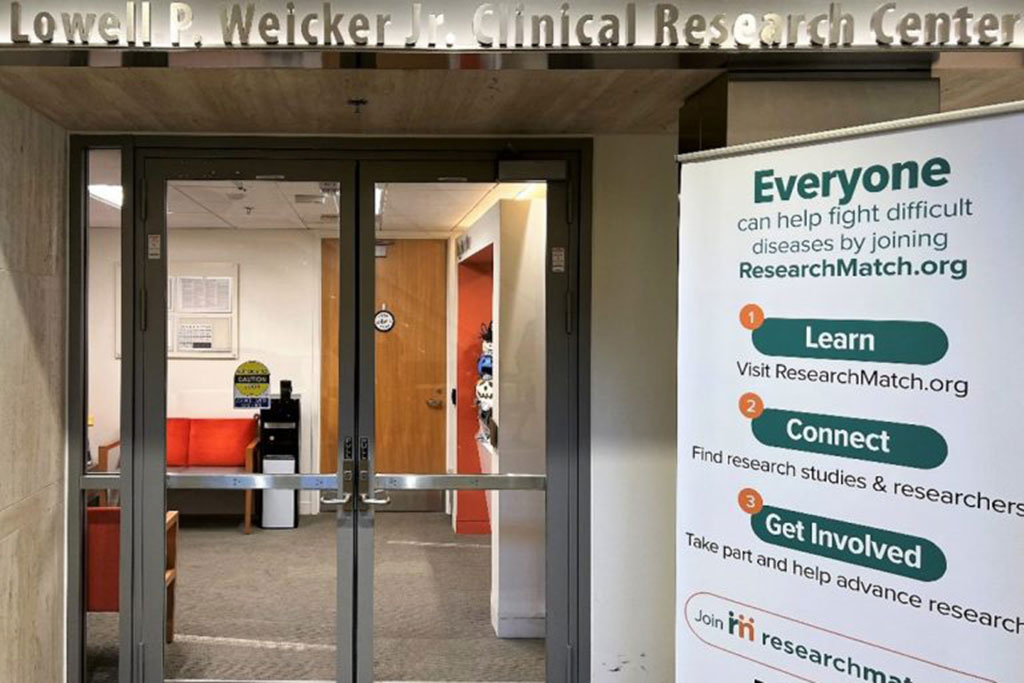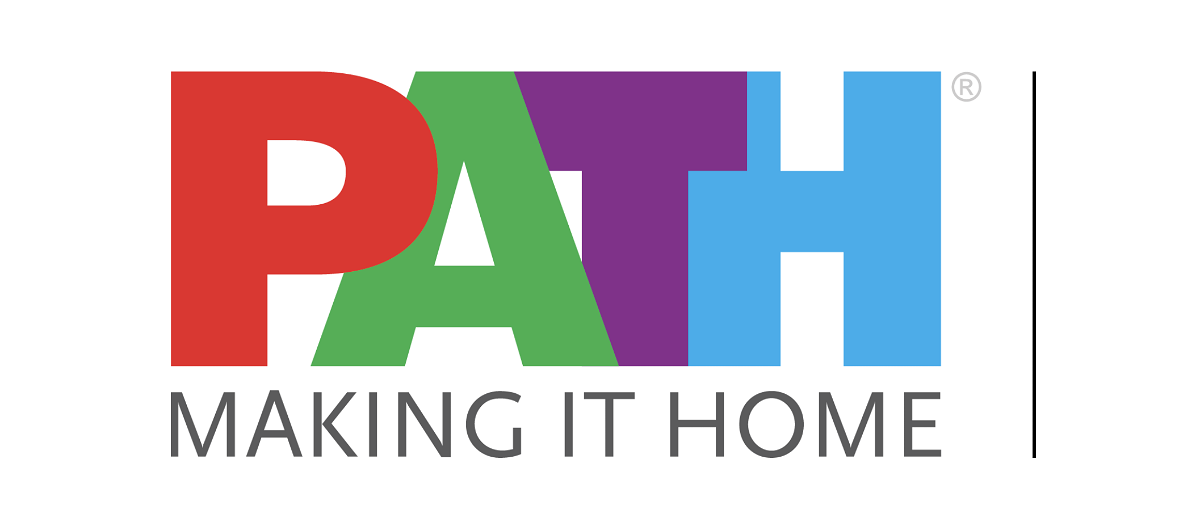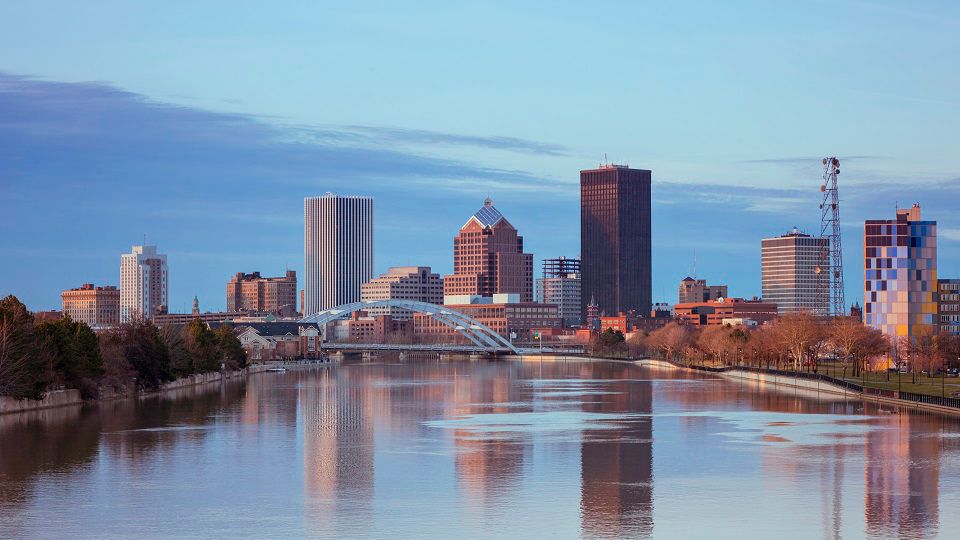
Heat stroke can be dangerous if not treated promptly, but it is preventable. To avoid this condition, it’s important to limit sun exposure and stay hydrated. If you do end up with heat stroke, the first step is to lower the person’s temperature quickly by cooling off, drinking water with salt and minerals, and seeking medical help if necessary.
When heat stroke occurs, the body may become dehydrated and experience electrolyte imbalances. These issues can lead to serious health complications if not addressed promptly. Symptoms of heat stroke can range from mild, such as fatigue, dizziness, increased heart rate, and cramps, to severe cases that may result in headaches, difficulty breathing, coma or death.
To treat heat stroke effectively, it’s important to move the person to a cool place and remove any unnecessary clothing. Then cool the body with wet towels or water while providing fluids with salt and minerals. In severe cases of heat stroke where the person is unconscious or unresponsive, emergency measures should be taken immediately.
Preventing heat stroke is crucial because it can have serious consequences on one’s health. Some precautions include limiting sun exposure during peak hours of sunlight (between 10 am and 4 pm), wearing appropriate clothing for the weather conditions (loose-fitting clothes made of lightweight fabrics), staying hydrated by drinking plenty of water throughout the day (more so in hot weather), taking breaks in the shade when outdoors for extended periods of time (at least every hour), and being aware of your body’s limits when exercising in hot weather or working outdoors.





